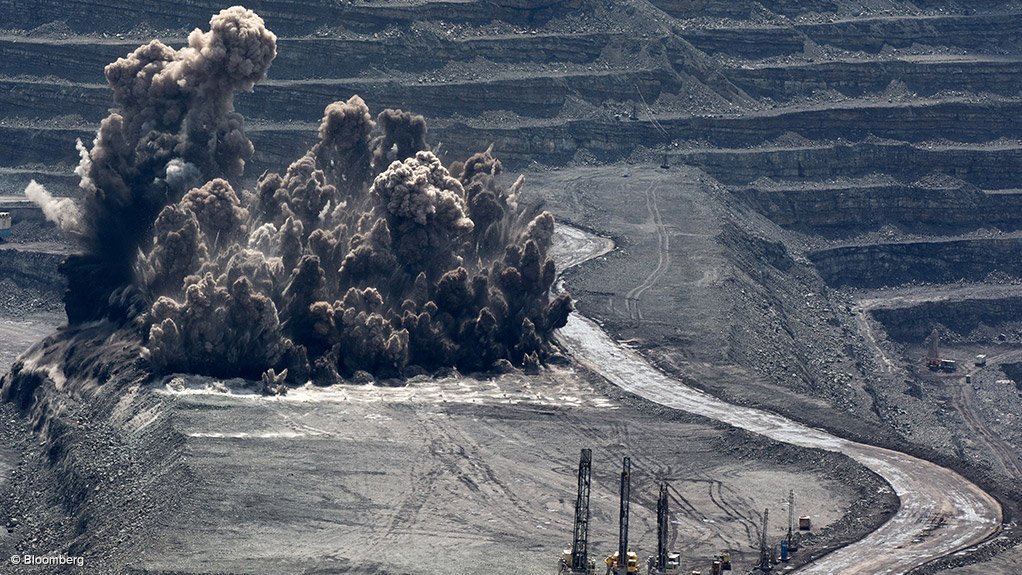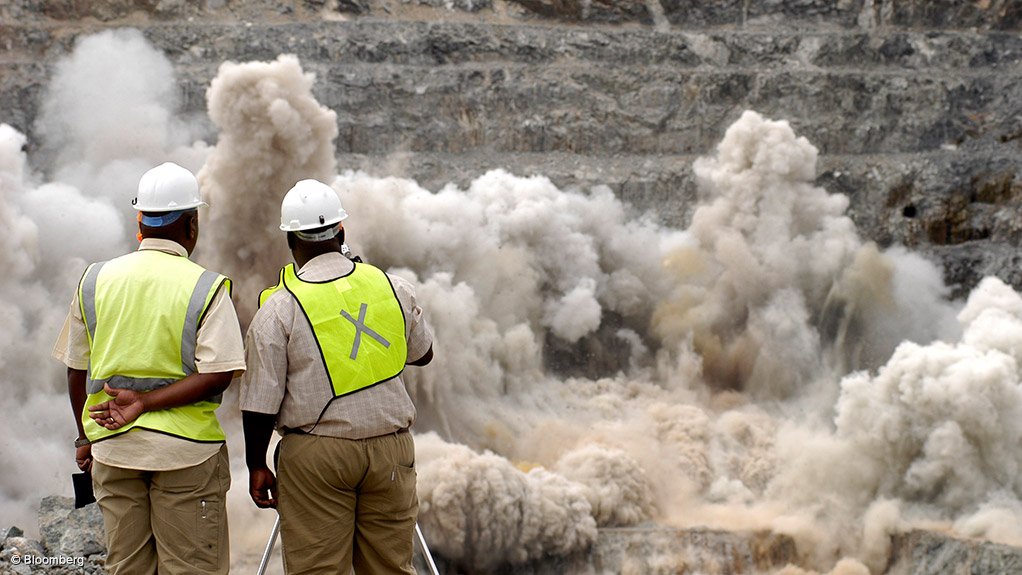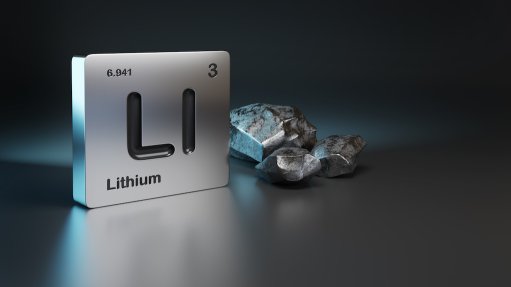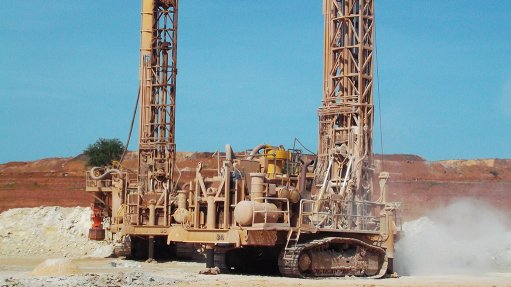Precautionary measures highlighted by explosives regulations



REGULATORY CHANGE Additional prescribed measures in the explosives regulations cover the storage, preparation, detonation and destruction of explosives in mining methods
Photo by Bloomberg
REGULATORY CHANGE Additional prescribed measures in the explosives regulations cover the storage, preparation, detonation and destruction of explosives in mining methods
Photo by Bloomberg
Changes in the explosives regulations under the Mine Health and Safety Act are increasing the focus on safety through prescribed precautionary measures for explosives and blasting, states commercial law and litigation firm Fasken Martineau South Africa (SA).
The changes were promulgated in July and will come into effect next month.
“Several new features are prescribed, or ‘codified’, in significantly more detail, covering the life cycle of explosives – from storage and preparation to detonation and destruction methods,” says Fasken Martineau SA senior associate Neil Searle, stressing the inherent risks of using explosives in mining.
He tells Mining Weekly that injuries and deaths of mineworkers caused by blasting still occur, and emphasises the risks of fly rock in surface mining and blasting, as well as the dangers of flammable gases and geological instability in underground blasting.
Fasken Martineau SA partner Paul Fouche therefore highlights the importance of the additional, noteworthy prescribed measures now included in the Mine Health and Safety Act, as they provide greater clarity on certain precautions required.
“Important regulatory changes include [requirements pertaining to] the storage of old explosives, primers and the destruction of explosives,” he adds, highlighting the specific introduction of risk assessments and the requirement of written procedures before explosives can be destroyed.
Another key regulation is the emphasis on miner-manufacturer consultation, which is a significant safety feature, Fouche believes. The regulation stipulates that, after consultation with the explosives manufacturer or supplier, the employer must also ensure that a written procedure is prepared and implemented “to prevent persons from being exposed to the significant risks associated with the receipt, storage, issuing and transportation, inadvertent initiation and deterioration of explosives”.
Moreover, other significant new concepts include the revised competence criteria for persons conducting blasting and their assistants. “The regulations define that a competent person who is in control of blasting must hold certificates or qualifications recognised by the Department of Mineral Resources, while the assistant must be skilled through training recognised by the Mining Qualifications Authority,” Searle says.
Fouche explains that the competent person, in addition to, for example, exercising control over all explosives to be used for blasting and preparing primers, must also mark, authorise the drilling of and examine the shot holes – which are marked using a global positioning system – to ensure that holes are drilled and explosives are detonated with mini- mum risk to health and safety.
He adds that “the human oversight provisions ensure that there is clarity as to who is responsible and that there is certainty as to the process, thus minimising the scope to abdicate responsibility to technology”.
Other highlights include regulations pertaining to precautionary measures – Fouche emphasises the increased onus on mining companies to identify reasonable measures in addition to appointing competent persons to avoid the risks associated with explosives as a key element.
These measures underline a shift in the responsibility and potential liability of employers under the regulations, Searle adds, suggesting that the changes pre-empt the debate for oversight or supervisory systems in addition to simply appointing competent persons.
He says, while some mining houses may already have comprehensive safety systems, requiring only “tweaking procedures” to comply with the new regulations, other mining companies may require careful audits and overhauls of their procedures to ensure compliance.
Searle further warns that compliance risks might befall companies failing to comply after the regulations’ transition period of three months.
Comments
Press Office
Announcements
What's On
Subscribe to improve your user experience...
Option 1 (equivalent of R125 a month):
Receive a weekly copy of Creamer Media's Engineering News & Mining Weekly magazine
(print copy for those in South Africa and e-magazine for those outside of South Africa)
Receive daily email newsletters
Access to full search results
Access archive of magazine back copies
Access to Projects in Progress
Access to ONE Research Report of your choice in PDF format
Option 2 (equivalent of R375 a month):
All benefits from Option 1
PLUS
Access to Creamer Media's Research Channel Africa for ALL Research Reports, in PDF format, on various industrial and mining sectors
including Electricity; Water; Energy Transition; Hydrogen; Roads, Rail and Ports; Coal; Gold; Platinum; Battery Metals; etc.
Already a subscriber?
Forgotten your password?
Receive weekly copy of Creamer Media's Engineering News & Mining Weekly magazine (print copy for those in South Africa and e-magazine for those outside of South Africa)
➕
Recieve daily email newsletters
➕
Access to full search results
➕
Access archive of magazine back copies
➕
Access to Projects in Progress
➕
Access to ONE Research Report of your choice in PDF format
RESEARCH CHANNEL AFRICA
R4500 (equivalent of R375 a month)
SUBSCRIBEAll benefits from Option 1
➕
Access to Creamer Media's Research Channel Africa for ALL Research Reports on various industrial and mining sectors, in PDF format, including on:
Electricity
➕
Water
➕
Energy Transition
➕
Hydrogen
➕
Roads, Rail and Ports
➕
Coal
➕
Gold
➕
Platinum
➕
Battery Metals
➕
etc.
Receive all benefits from Option 1 or Option 2 delivered to numerous people at your company
➕
Multiple User names and Passwords for simultaneous log-ins
➕
Intranet integration access to all in your organisation


















